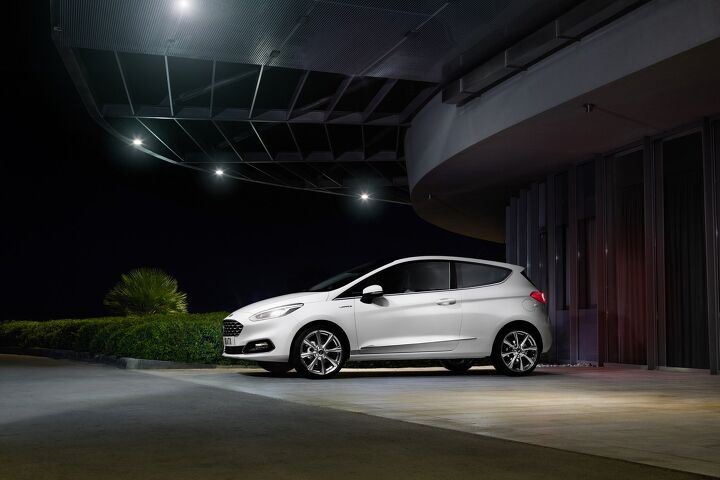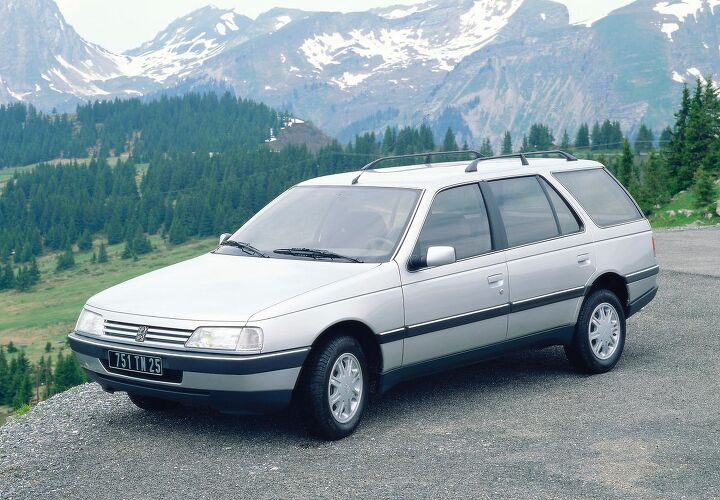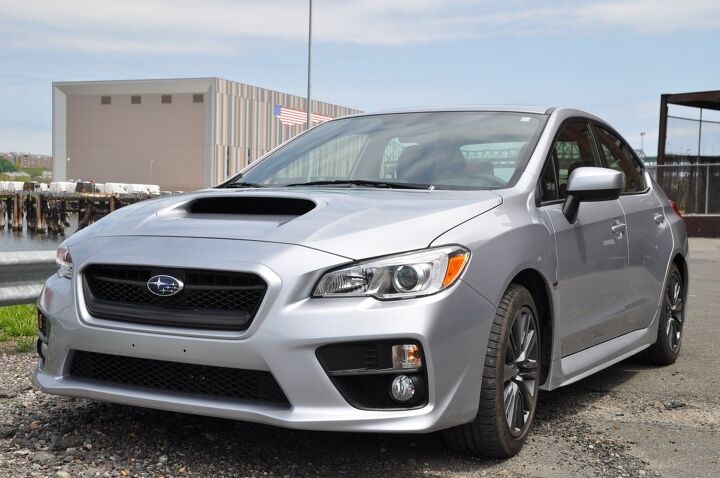#NorthAmericanMarket
What Happened To the Chinese Automakers Wanting a Piece of the U.S. Market?
American automakers can usually count on selling just below 3 million vehicle sales in China every year. While that figure includes the caveat that the Chinese Communist Party requires foreign manufacturers to partner up with established local companies, it remains substantially larger than the number of cars Chinese brands manage to move in the United States per annum — which is effectively zero.
From BYD to Zoyte, just about every large Chinese manufacturer has issued a deluge of promises about breaking into our market over the last decade — including most of the names we’ll be mentioning below. Consider this sort of the “Where Are They Now?” of evergreen automotive content about regional disparities. Because very little has moved in regard to China’s involvement with the North American auto market and the current geopolitical climate doesn’t make us think that’s likely to change anytime soon.
But it hasn’t been for a lack of trying.
More Dealer Drama From Cadillac and the China Connection [Updated: Cadillac Responds]
Cadillac told U.S. and Chinese dealers they will each need to invest at least $200,000 on electric vehicle chargers and staff training to continue selling the brand’s products after 2022. The message was communicated to dealerships on Wednesday via video messages from Rory Harvey, the luxury brand’s vice president of sales, service and marketing. Cadillac is moving on electrification (seriously this time) and plans to launch the Lyriq EV within the next two years, with more battery-driven models to follow. Update: Cadillac PR has responded, saying that what was communicated yesterday is for U.S. dealers only.
The brand says dealers must be ready for the transition, giving us flashbacks to Project Pinnacle — the Johan de Nysschen strategy that forced stores to spend money to provide a more premium sales experience that differentiated Cadillac as special. At the time of its implementation, many dealers wondered why they should bother taking on more overhead under the assumption that they’ll make extra money over time. While luxury-specific outlets don’t have much choice in the matter, those selling GM’s other brands in conjunction with Cadillac seem to be substantially less eager to implement the changes.
Tomorrow's Triumph? Mitsubishi Motors Reinventing Itself, Making Moves
Watching Mitsubishi return from death’s door has been less exciting than the first part of this sentence makes it sound. Part of that stems from the automaker’s position as a multinational corporation that has lost its way and not some down-on-his-luck boxer you’re supposed to be rooting for in a movie. Even if you were inclined to clap for corporate comebacks, Mitsubishi hasn’t earned its standing ovation just yet.
While the brand’s U.S. sales have improved every year since 2013, progress has been gradual. Last year, Mitsubishi moved 118,074 autos inside America — the best it has managed since before the Great Recession, but nowhere near its 2002 high of 345,915 deliveries. That might paint the situation a bit darker than it actually is, however.
Mitsubishi has actually managed to retain customers in China far better than it could in the U.S. and its European sales are higher than they’ve ever been. The Japanese firm also has a strong footprint in numerous developing markets around the world. But North America has historically been an extremely important market for Mitsubishi, and it wants its market share back, so it’s making some additional changes.
Toyota Turning Toward Rental Fleets and the RAV4 to Boost Volume
We’re beginning to pummel a dying horse here but, as you already know, the North American automotive market is shrinking right now. Toyota wants to mitigate this by funneling sales into rental fleets. While this tactic has become unpopular with automakers like General Motors, others have bolstered fleet sales to cope with the lackluster demand. Hyundai, for example, has relied heavily on rental companies to boost its total volume, but the move has placed dealerships and the corporate office at odds with each other.
Toyota’s U.S. deliveries fell 3.6 percent through June of this year, which is 1.5 percent ahead of the industry’s overall decline. The automaker wants to fill the gap by ramping up volume to rental companies before the end of 2017. Like Hyundai, Toyota’s best sellers are passenger cars — which have taken the brunt of consumer apathy of late — but knows it can still unload them on Enterprise, Avis, and Hertz.
You're Still Not Invited to the Blue Oval Fiesta; Ford Subcompact's Status Still Unknown in North America
At TTAC, we’ve been doubtful of the Ford Fiesta’s future for many months.
It’s not merely the condition of the subcompact market, where sales are down 17 percent so far this year, that causes us to doubt.
It’s not only the Fiesta’s relative North American youth — it’s only been on sale since 2010 — that makes us wonder about the car’s long-term viability.
Indeed, our doubt isn’t even centered on those two factors combined, or on the fact that the Fiesta is on track for fewer sales in calendar year 2017 than the Nissan Versa has already produced.
No, we find it difficult to believe in the Fiesta’s prospects because Ford won’t even discuss the Fiesta’s North American future.
(Not) Coming To America: China's Best-selling Automaker Fingers Trump for Decision to Avoid U.S.
SAIC Motor, China’s largest state-owned automotive manufacturer, is canceling its plans to export vehicles into North America. Likely fearful of the current administration’s trade proposals, SAIC is blaming President Donald Trump for its hesitation to enter the Western market.
Of course, the Chinese automaker isn’t ruling anything out entirely. Michael Yang, the executive director of SAIC’s international division, explained at the Shanghai motor show that the company might resume its plans for U.S. expansion once trade tensions ease between the two countries. As the Trump administration hasn’t exactly celebrated the idea of imported goods and foreign manufacturing, it could be a long wait. In the meantime, SAIC Motor will be focusing its efforts on the European market.
France's Charge Back Into the U.S. Market to Be Led by Former Nissan Executive
France’s PSA Group appears to be getting serious about its re-entry into the U.S. market, naming former Nissan executive Larry Dominique as the head of its North American endeavors. That means the possibility of seeing new Peugeots or Citroëns on the road is no longer just a pipe dream.
However, PSA hasn’t yet made up its mind on which brands will debut in America. The Peugeot lineup makes the most sense, as it’s the French brand most American’s actually still remember, but Citroen has more eccentric models that could appeal to a specific subset of customers. The latter also has the DS sub-brand that might appeal to upscale buyers, even if it were to come in on its own.
The final decision won’t come until PSA has spent time and money performing loads of consumer research and logistical analysis.
Subaru Sees US Production Boost Five Years Early Due To Rising Sales
Fuji Heavy Industries announced it would increase production at its Lafayette, Ind. plant as Subaru hits its North American sales target five years early.
Schuster: North American SAAR To Remain Strong Through 2020
Six years removed from the Great Recession, LMC Automotive senior vice president and economist Jeff Schuster believes North American auto sales will remain strong through 2020 despite the remaining effects of the recession.




![More Dealer Drama From Cadillac and the China Connection [Updated: Cadillac Responds]](https://cdn-fastly.thetruthaboutcars.com/media/2022/07/10/8899957/more-dealer-drama-from-cadillac-and-the-china-connection-updated-cadillac-responds.jpg?size=720x845&nocrop=1)



















Recent Comments